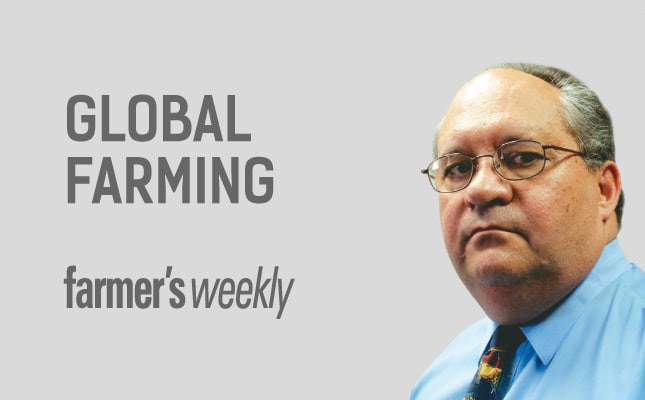
A captive market does not remain so indefinitely. Decision makers often believe that a monopoly can set prices at any level and the consumer will have no other option but to pay.
This is patently wrong.
A monopoly is as subject to economic laws as any other type of business. Facing a declining demand curve, a monopoly can either sell more units at a lower price or less at higher prices.
Public utilities such as Eskom typically have a huge fixed cost structure. Total cost per unit of electricity has to increase if total production decreases.
The sharp hike in electricity tariffs in the past years as well as continuing exhortations to use less electricity have resulted in slow demand growth, while Eskom’s surplus capacity increased slightly, from a critical 11% in 2008 to 46% in 2016.
Total energy sales in 2017 were 7% lower than in 2007. The negative demand growth over the past decade has resulted in a major cost increase for Eskom.
The utility asked for a tariff increase of 19,9% for 2018/2019. The National Energy Regulator (NERSA) approved a mere 5,2% increase. This is good news for South African energy users.
However, Eskom has an escape clause built into the tariff determination process: the ‘regulatory clearing account’.
This is a review process whereby Eskom can revisit previous years’ financial accounts and then ask NERSA for additional funding to make up the shortfall in income. It is like a maize farmer asking for extra money to make up for the crop he did not produce.
NERSA has announced that it will hold public hearings in all nine provinces on the regulatory clearing account for 2014/2015, 2015/2016 and 2016/2017. The additional tariff increase will be introduced over three years.
Alternative energy
The use of alternative energy has increased considerably. According to one estimate, farmers have invested more than R200 million in photovoltaic power systems.
Studies show these to be cost-effective provided the surplus energy can be sold back to the national grid. Until recently, the requirements for a licence from NERSA to generate power have been a problem for smaller suppliers.
At the end of 2017, however, the regulator published a notice exempting smaller energy suppliers from the licensing requirements. This will help farmers obtain permission to connect to the Eskom grid.
The use of alternative energy will become more cost-effective in time as Eskom increases its energy tariffs to compensate for selling less energy. In addition, the utility’s rural distribution network is growing older, and the cost of upkeep will add to the cost of using Eskom electricity.
At the same time, the capital investment needed for alternative energy systems will continue to fall.
It will take years and enormous expenditure to get Eskom back on its feet again. The utility has only one source of income, and electricity users will in future have to pay for the sins of the past.
At the same time, alternative energy sources will become cheaper as more people use them and newer technology is developed. In the near future, it may be possible for farmers to go completely off-grid.
Eskom may soon find that urban municipalities remain its only customer. If the utility wants to remain a trusted supplier of electricity to the farming community it will have to shape up.
Energy accounts for a major share of a farmer’s total input costs. If you are farming, consider having an energy audit carried out to ascertain where you can save on energy and whether it is worth your while to invest in alternative energy.
The fact is that energy costs will increase at a faster rate than the price of farm produce.
The future is definitely not Eskom.



